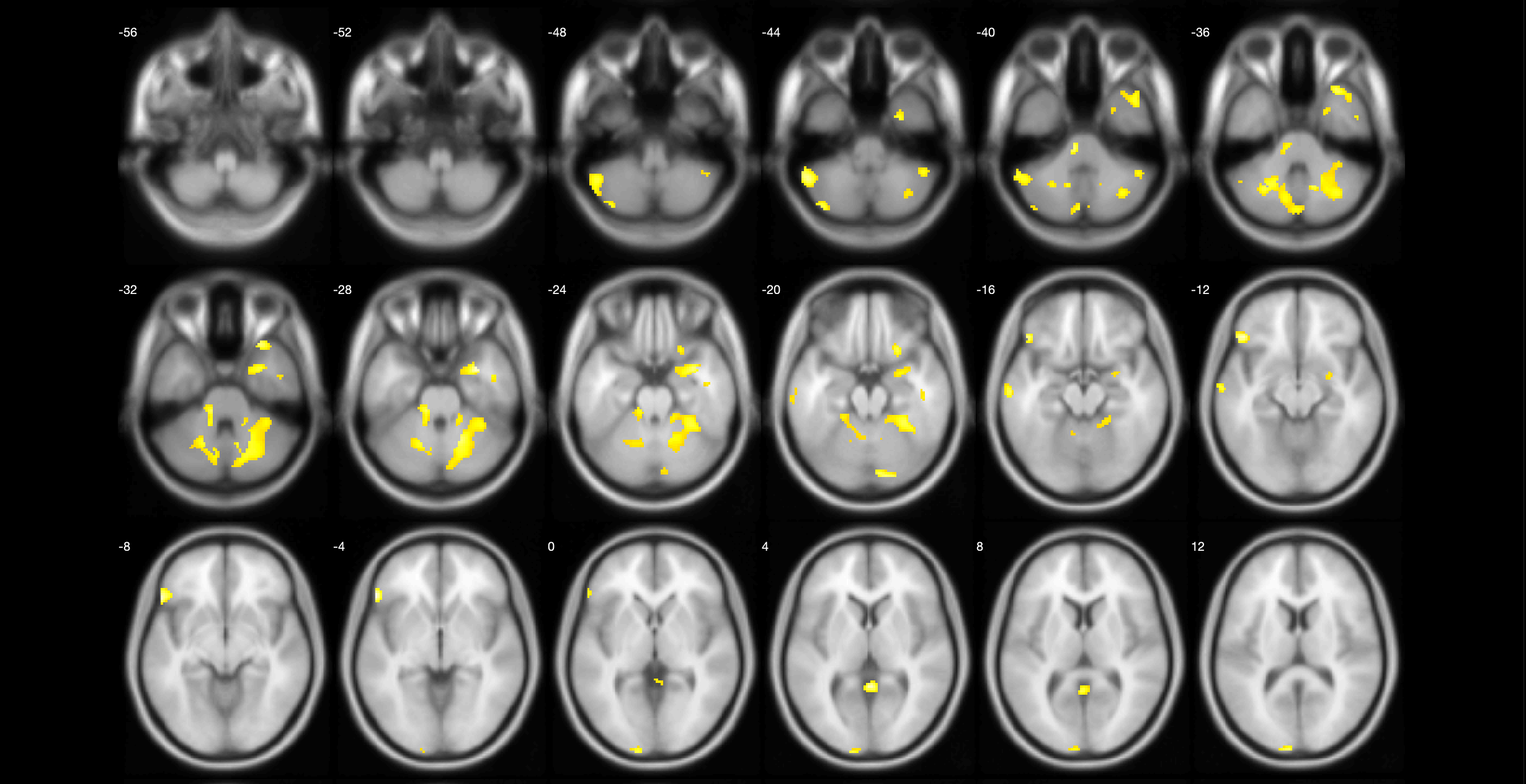Objective: To explore the role of cholinergic dysfunction in dyskinesia symptoms in people with Parkinson’s disease (PD).
Background: Dyskinesias, involuntary and sometimes excessive or uncontrolled movements, commonly emerge as a side effect of levodopa treatment in patients with PD, particularly following prolonged therapy. These movements often include chorea (dance-like, flowing movements) and dystonia (sustained twisting). Not all PD patients develop this symptoms, and its severity varies. The reason for this inter-subject variability remains poorly understood. Individual differences within the cholinergic system may play a role in the development and severity of dyskinesia.
Method: Thirty-seven PD patients underwent PET scans using the vesicular acetylcholine transporter (VAChT) ligand [¹⁸F]fluoroethoxybenzovesamicol (FEOBV) and MRI scans. PD patients were divided into two subgroups: those with dyskinesia and those without. Dyskinesia status was determined using the Unified Dyskinesia Rating Scale (UDRS) scores. Using Statistical Parametric Mapping (SPM) software, a voxel-wise two-sample t-test comparison was conducted to identify clusters of brain regions showing significant differences (p < 0.01) in VAChT binding between the two PD subgroups.
Results: 15 PD (9 males, 6 females; age: 69.20±4.80; disease duration: 10.54±6.11; HY: 2.40±0.34) met the criteria for dyskinesia. The remaining 22 patients (17 males, 5 females; age: 66.91±5.71; disease duration: 4.25±4.19; HY: 2.20±0.48) had PD without dyskinesia. The voxel-wise group comparison revealed increased VAChT binding in patients with dyskinesia compared to those without, specifically involving the right amygdala, right parahippocampal gyrus, right hippocampus, right fusiform gyrus, left inferior frontal lobe, left angular, vermis, and more extensively in the cerebellum [figure1]. No significant changes were seen in the striatum.
Conclusion: Our findings suggest a potential involvement of the cholinergic system in the development of dyskinesias in PD. Specifically, hypercholinergic binding was observed in the limbic system, vermis, and cerebellum, which may contribute to the abnormal, involuntary movements seen in PD with dyskinesia.
Figure 1
To cite this abstract in AMA style:
N. Bohnen, G. Carli, F. Michalakis, C. Pongmala, M. Emde Boas, R. Albin, P. Kanel. Increased cholinergic activity in specific brain regions associated with the presence of dyskinesias in Parkinson’s disease: A [18F]-FEOBV PET study [abstract]. Mov Disord. 2024; 39 (suppl 1). https://www.mdsabstracts.org/abstract/increased-cholinergic-activity-in-specific-brain-regions-associated-with-the-presence-of-dyskinesias-in-parkinsons-disease-a-18f-feobv-pet-study/. Accessed April 19, 2025.« Back to 2024 International Congress
MDS Abstracts - https://www.mdsabstracts.org/abstract/increased-cholinergic-activity-in-specific-brain-regions-associated-with-the-presence-of-dyskinesias-in-parkinsons-disease-a-18f-feobv-pet-study/

